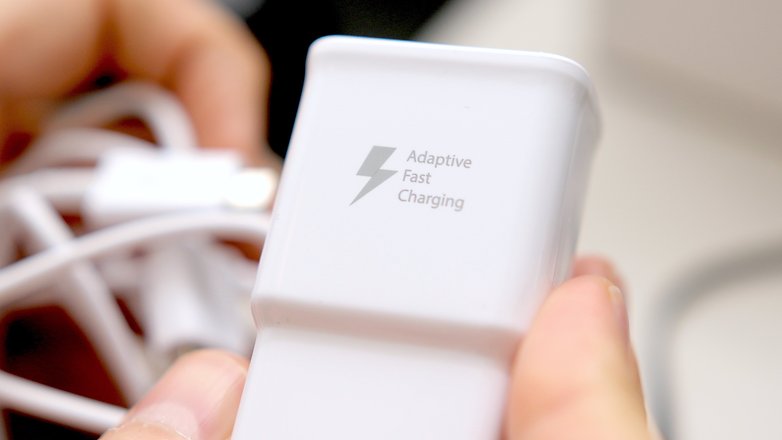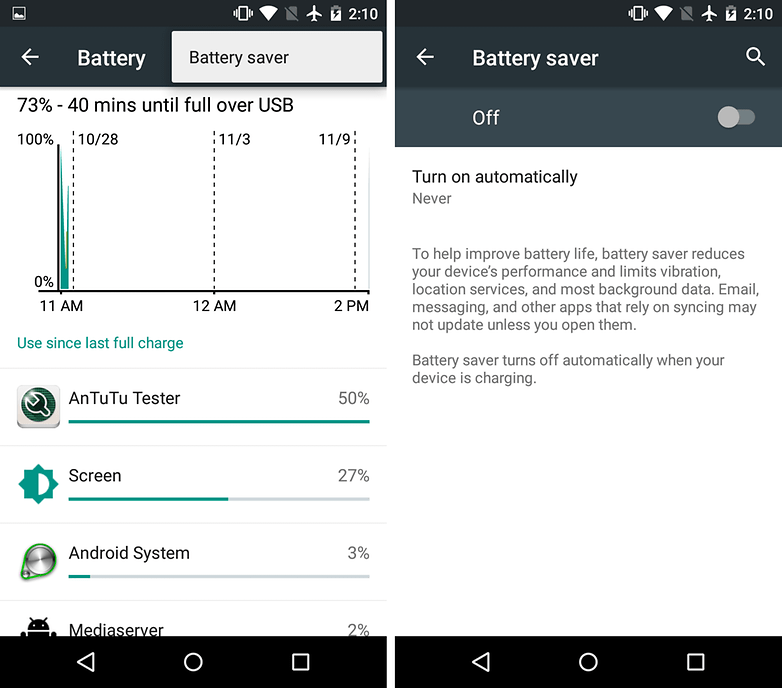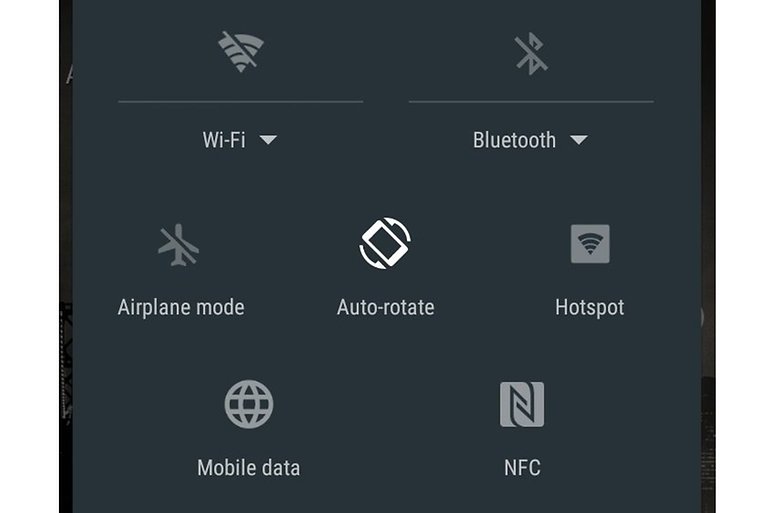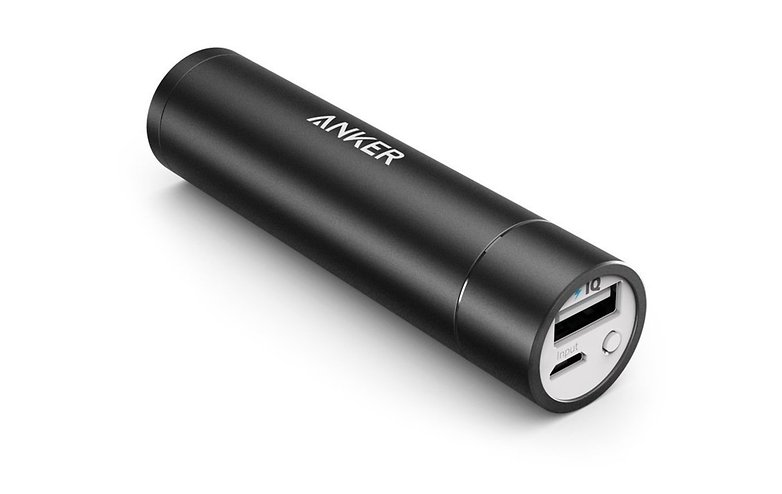We've all done it: you're getting ready to leave the house and you realize you've forgotten to charge your phone. Its battery level is perilously low, but you have 15 minutes to spare, so you plug it into its charger to give the battery a boost – and it gains a measly two percent. How do you avoid this in the future? Read our guide on how to charge your Android battery faster.
Battery life is a combination of many different factors, so there's no single solution to rule them all, but if you use your smartphone intelligently and have the right equipment, all these good practices can add up to save you a ton of frustration with your battery. Check out all our top tips below.
Get the right plug and charger
While Android chargers have a universal fitting, that doesn't mean they're all the same. Connecting your charging cable to a laptop is a bad idea if you want to charge your phone quickly: a USB 2.0 port chucks out just 2.5 watts of power, while USB 3 delivers 4.5 watts. Your wall charger will deliver much more, so this is the best bet if you want the speediest charging.
Many modern Android phones support fast charging, which delivers a whopping 15 watts and can therefore charge your phone much more quickly.
Be aware that just because a phone supports fast charging, it doesn't mean the charger that came with it is a fast charger, or the most effective charger possible for that phone. You may have to buy your own.
You don't necessarily need to buy your phone maker's own charger – a third party one can save you a fortune – but be wary of no-name gray market cheapies, which have a tendency to set things on fire.
 Your phone might support fast charging, but may not come with a fast charger. / © 90campus.com
Your phone might support fast charging, but may not come with a fast charger. / © 90campus.com We also don't recommend using wireless charging if you're in a hurry. Wireless charging can't deliver power as well or as quickly as good old-fashioned cables, so it's best used when you have more time on your hands. The exception to this rule is wireless quick charging. This will be more effective than USB charging, but less effective than cable charging from a wall socket.
Put it into airplane mode
The less your phone is trying to do while it's charging, the more quickly it will recharge. Airplane mode blocks any wireless radios on your device, reducing your phone's capabilities and therefore stopping it from doing so much.
It won't receive calls or messages while it's in airplane mode, but it’s worth it to have a device that will stay on for the next few hours.
 Turn on airplane mode to make your phone charge faster. / © 90campus.com
Turn on airplane mode to make your phone charge faster. / © 90campus.com Turn it off
Turning your phone off completely will allow it to recharge even faster than putting it in airplane mode. Again, you might miss out on a few notifications while it is off, but you'll have to live with that if you want your phone to last until you come home again.
Use a battery-saving mode
Ever since Lollipop, Android devices have a battery saving mode of some description (usually
Settings>Battery>Battery Saver), whether it's the stock option or a manufacturer-specific feature such as Motorola's Doze. Switch this on to conserve power while your phone recharges.
 No matter what Android phone you have, you can always find some battery-saving solutions. / © 90campus.com
No matter what Android phone you have, you can always find some battery-saving solutions. / © 90campus.com Switch off unnecessary features
Check to see if you have any unnecessary features on, such as Bluetooth, GPS, Wi-Fi or NFC, which could be using up battery power. Close all your apps and stop your phone from doing automatic backups or updating apps from the Google Play Store.
 Switch off some system features when you aren't using them. / © 90campus.com
Switch off some system features when you aren't using them. / © 90campus.com Don't touch it
If you need your phone on and out of airplane mode while it's charging, because you are expecting an important call, try not to keep using your phone every 30 seconds. Why? Because the screen is the biggest battery drainer of them all.
The more you wake your phone, the faster its battery will drain. So try to avoid the urge to check every notification that comes through, leave it to charge, and it will reach the desired level much faster.
Keep it cool
Temperature matters when it comes to technology, and it's never good to let a battery get too hot. Now, this doesn’t mean you should stick your phone in the freezer while it charges, it's better to avoid heat than inflict extreme cold.
 No need to go to extremes. / © 90campus.com
No need to go to extremes. / © 90campus.com Always charge your phone in a cool or room temperature spot. Don’t leave it to charge in direct sunlight or in a hot car. If you’re using a portable battery charger, don’t charge your phone in your pocket.
If you can avoid getting your battery too warm, it'll reward you with a slightly faster charge.
Buy a portable USB charger
This won't actually charge your phone faster, but it will solve the problem of having a low battery and not enough time to fully charge it. Portable USB chargers come in small, lightweight packages and often can be picked up for less than
N2,000.
Carry one of these in your pocket and you can charge your phone on-the-go – meaning you don't have to worry about that last minute dash to pump some juice into it.

Did you try any of these suggestions? What do you do to make your phone charge faster? Let us know in the comments.
